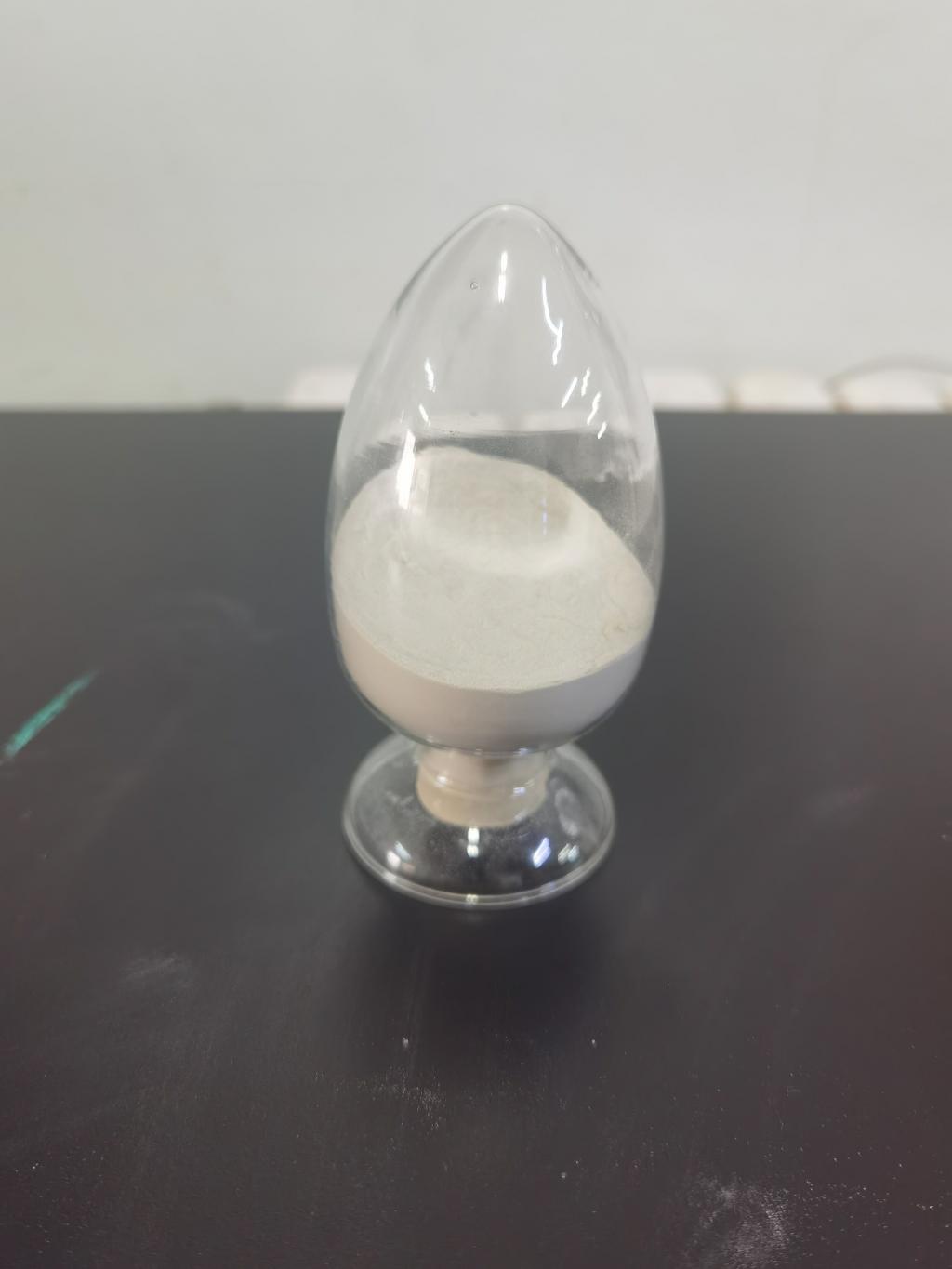Tel:+8618231198596

News
 CONTACT
CONTACT
 CONTACT
CONTACT
- Linkman:Linda Yao
- Tel: +8618231198596
- Email:linda.yao@dcpharma.cn
- Linkman:CHARLES.WANG
- Department:Overseas
- Tel: 0086 0311-85537378 0086 0311-85539701
News
Nisin contributes to the reduction of food waste by extending the shelf life of perishable items.
TIME:2024-03-27
Understanding Food Waste
Food waste occurs at various stages of the food supply chain, from production and processing to distribution, retail, and consumption. Perishable items such as fruits, vegetables, dairy products, meats, and seafood are particularly prone to spoilage due to microbial contamination, enzymatic reactions, and physical damage. Factors such as improper storage conditions, inefficient transportation, and consumer behavior further exacerbate food waste, leading to economic losses, environmental degradation, and food insecurity. Addressing food waste requires a multifaceted approach that involves technological innovation, policy interventions, and behavioral change initiatives.
The Role of Nisin in Food Preservation
Nisin, a natural antimicrobial peptide produced by certain strains of lactic acid bacteria, has long been recognized for its efficacy in inhibiting the growth of Gram-positive bacteria, including foodborne pathogens and spoilage microorganisms. Nisin acts by disrupting bacterial cell membranes and inhibiting cell wall synthesis, making it a valuable tool for food preservation. Unlike many chemical preservatives, nisin is heat-stable, pH-resistant, and generally recognized as safe (GRAS) by regulatory authorities when used within specified limits. Its natural origin and targeted mode of action make it an attractive option for food manufacturers seeking safer and more sustainable preservation methods.
Extending Shelf Life with Nisin
Incorporating nisin into food preservation strategies can significantly extend the shelf life of perishable items, thereby reducing food waste at multiple points along the supply chain. By inhibiting the growth of spoilage microorganisms, nisin helps maintain the quality and safety of perishable foods, allowing them to remain fresh for longer periods. For example, fruits and vegetables treated with nisin-containing washes or coatings exhibit reduced microbial spoilage and extended shelf life compared to untreated produce. Similarly, nisin-based preservatives can prolong the freshness of dairy products, meats, and seafood, reducing the need for premature disposal and contributing to cost savings for producers and consumers alike.
Innovative Applications of Nisin
Advancements in food science and technology have led to innovative applications of nisin in food preservation, packaging, and processing. For instance, nisin can be incorporated into edible films and coatings applied directly to perishable items, forming a protective barrier against microbial contamination while allowing for controlled release of the antimicrobial agent. Additionally, nisin-embedded packaging materials can inhibit microbial growth on the surface of packaged foods, extending shelf life and reducing the risk of spoilage. Controlled release systems have been developed to ensure optimal delivery of nisin over time, maximizing its effectiveness while minimizing its impact on food quality and sensory attributes.
Environmental and Economic Benefits
The reduction of food waste through the use of nisin contributes to both environmental sustainability and economic resilience. By extending the shelf life of perishable items, nisin helps conserve natural resources, reduce greenhouse gas emissions associated with food production and transportation, and minimize the environmental footprint of food waste disposal. Furthermore, reducing food waste has economic benefits for producers, retailers, and consumers, including cost savings, increased profitability, and improved resource efficiency throughout the supply chain. As food waste reduction gains momentum as a global priority, the role of nisin in extending the shelf life of perishable items becomes increasingly significant in achieving sustainability goals.
Challenges and Considerations
While nisin offers numerous benefits for reducing food waste, several challenges and considerations must be addressed:
Regulatory Approval: The use of nisin in food preservation may require regulatory approval in some jurisdictions, necessitating compliance with safety and labeling requirements.
Consumer Acceptance: Consumer perception and acceptance of foods treated with nisin may influence market adoption and commercial success, highlighting the importance of transparent communication and education.
Technological Integration: Integrating nisin into food processing and packaging systems requires technological expertise and infrastructure, particularly in regions with limited resources or infrastructure.
Shelf Life Optimization: Achieving optimal shelf life extension with nisin requires careful formulation, processing, and storage conditions tailored to specific food products and preservation methods.
Future Directions
As interest in reducing food waste and promoting sustainable food systems continues to grow, future research efforts should focus on:
Developing tailored preservation methods and formulations using nisin for different types of perishable items and food matrices.
Conducting lifecycle assessments to evaluate the environmental impact and resource efficiency of nisin-based preservation techniques compared to conventional methods.
Engaging stakeholders across the food supply chain, including producers, retailers, policymakers, and consumers, to promote awareness and adoption of nisin as a food waste reduction strategy.
Exploring synergies between nisin and other preservation technologies, such as high-pressure processing, modified atmosphere packaging, and natural antioxidants, to enhance effectiveness and sustainability.
Conclusion
Nisin represents a powerful tool in the fight against food waste by extending the shelf life of perishable items and preserving their quality and safety throughout the supply chain. From fruits and vegetables to dairy products, meats, and seafood, nisin offers a natural and sustainable solution for reducing spoilage and minimizing the environmental and economic impact of food waste. By harnessing the potential of nisin in food preservation and innovation, we can work towards building a more resilient, efficient, and sustainable food system that benefits both people and the planet. As we continue to explore the diverse applications of nisin in reducing food waste, let us strive to create a future where no food goes to waste, and every meal nourishes both body and soul.
- Tel:+8618231198596
- Whatsapp:18231198596
- Chat With Skype







